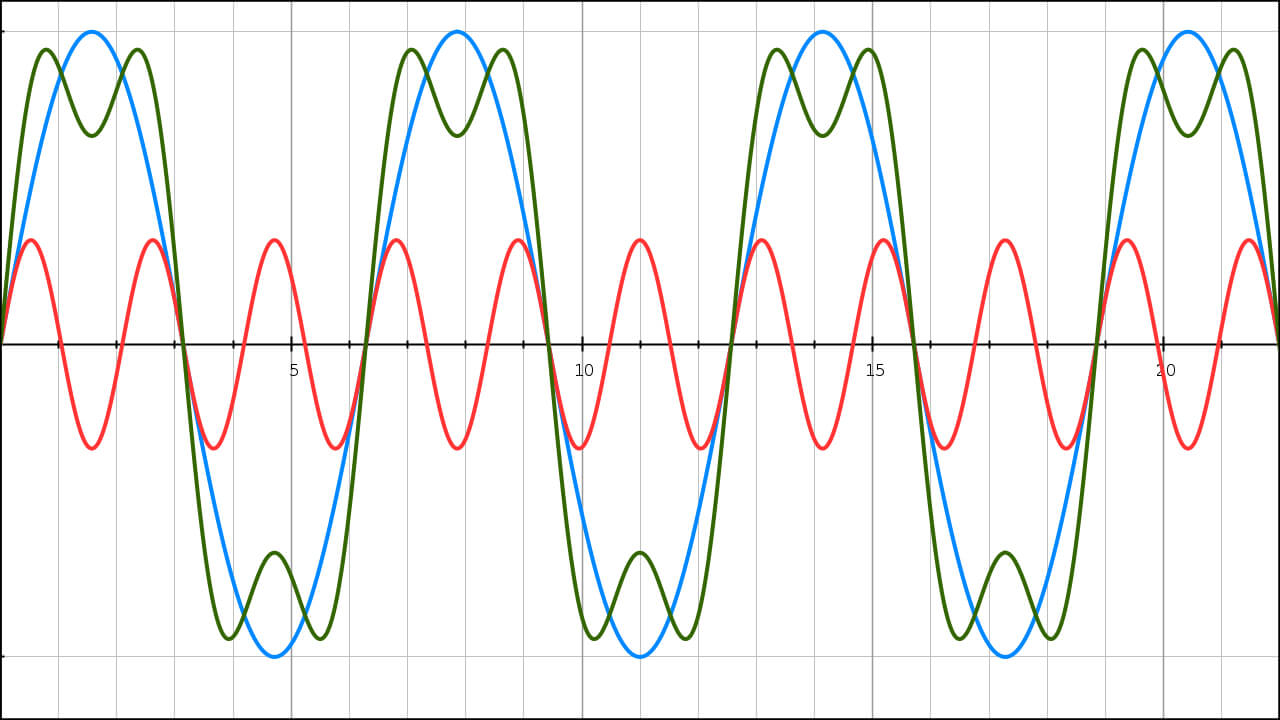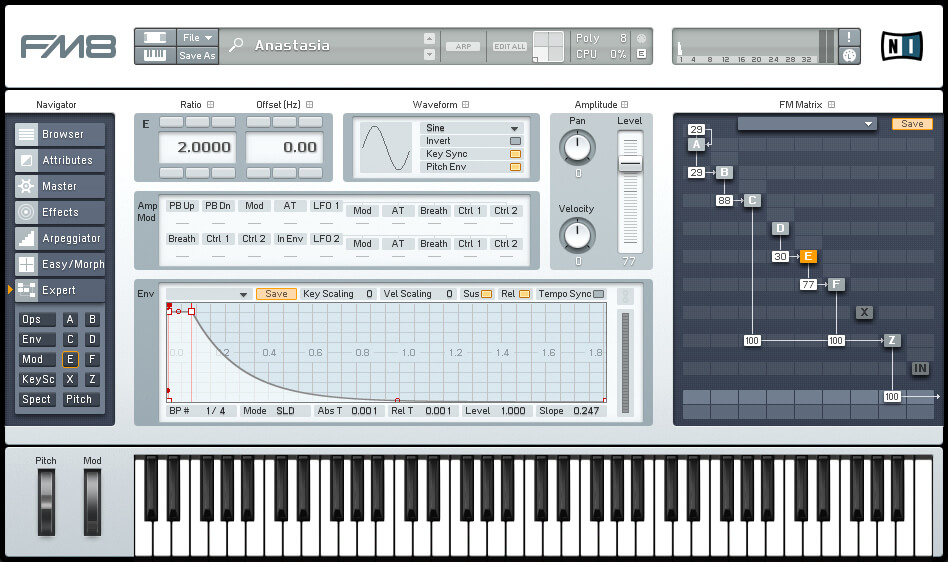9 essential FM synthesis tips to know
Though FM synthesis might seem a daunting concept to get your head around, we’ve made things easy with some practical, bite-size tips.

Great for some things, not for others
Take the time to play with the presets on your FM synth(s), paying attention to what it does well and what it doesn’t. Electric pianos, electric organs, hard basses and bells are where FM’s excels, but it’s not so good at warm, evolving pads, filter swoops and the like.
Start with the conventional
Start out by learning how to combine operators to create conventional subtractive-style waveforms. This helps to bridge the large conceptual gap between subtractive and FM. Once comfortable, you can start to experiment more.
Learn your algorithms
Algorithms lie at the heart of the FM sound, and it’s imperative to choose the correct algorithm for any given type of sound. Outside of trial and error, old books on DX7 programming are one of the best sources for this sort of information.

Study wave theory
The better you understand the physics of waveforms, the more successful you will be as an FM synthesist. The internet is full of such information, but it’s often pitched at a very technical level, so you may need to hunt around to find something that is accessible.
Avoid the factory presets
Just like subtractive, it’s dead easy to tweak a sound in an FM synth in order to put your own stamp on it. Get into the habit of adjusting presets to ‘tune’ them to the music you’re making. As with everything FM, this gets easier the more you do it.

Velocity and aftertouch
FM synths can be exceptionally expressive, being capable of delivering significant timbral changes in response to modulators such as key velocity and aftertouch. So don’t overlook routing these sources into your operators and making full use of them.
Feedback
All FM implementations have a feedback stage that loops the output of an operator back into the operator stack. This tends to add a gritty hardness to a sound, but if overcooked, can make things very harsh and nasty, so use with caution.

Use modern tools
Yamaha’s original DX and TX synths have a certain retro desirability about them and have a certain quality that makes them sound more authentically 80s than a plug-in. But a plug-in like NI’s FM8 can do everything a DX/TX can do and more – and is way easier to work with.
Don’t be disheartened
Your early attempts at FM synthesis are likely to result in some fairly useless bleeps, flibbles and similar craziness. Stick with it, though, because the penny will drop sooner or later… and your programming sessions will become more focused and fruitful.
For more tips and tricks, check out our essential guides.